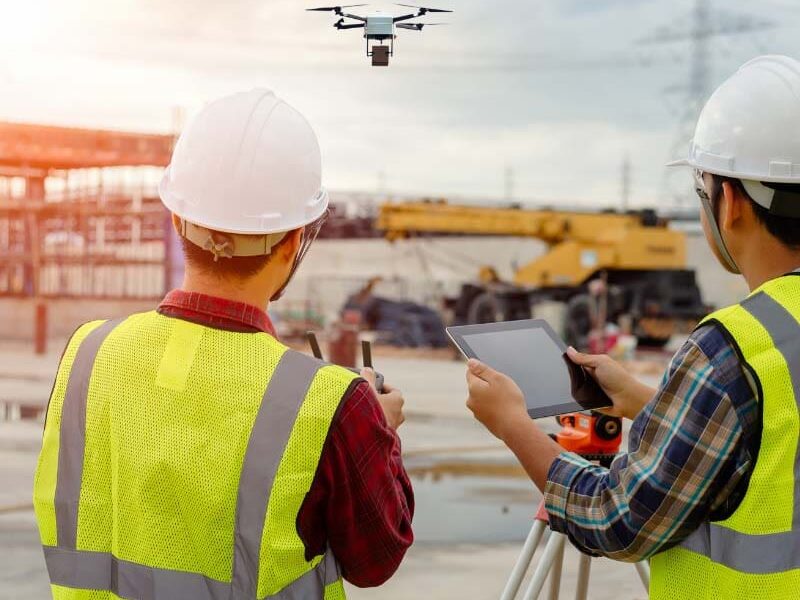Mastering Drone Operations: Best Practices for Safe and Effective Flights

Drones have revolutionized various industries, offering unprecedented capabilities in photography, videography, agriculture, mapping, and more. As drone technology continues to advance, mastering drone operations becomes increasingly important to ensure safe and effective flights. Whether you’re a hobbyist or a professional drone pilot, adhering to best practices can help you maximize the potential of your drone while maintaining safety and compliance. In this article, we’ll explore essential tips and techniques for mastering drone operations.
Understanding Your Drone
Before taking to the skies, it’s crucial to have a thorough understanding of your drone’s capabilities and limitations. Familiarize yourself with the manufacturer’s guidelines, including recommended flight modes, maximum altitude, and flight duration. Knowing your drone inside and out will enable you to make informed decisions and avoid potential hazards during operations.
Pre-flight Checklist
A pre-flight checklist is an indispensable tool for ensuring that your drone is ready for takeoff. Before each flight, conduct a comprehensive inspection of your drone to check for any signs of wear and tear, loose components, or damage. Ensure that the propellers are securely attached, the battery is fully charged, and all systems are functioning correctly. Additionally, verify that you have a clear understanding of the weather conditions and airspace restrictions in your intended flight area.
Safety First: Adhering to Regulations
Safety should always be your top priority when mastering drone operations. Familiarize yourself with the local regulations governing drone flights in your area, including airspace restrictions, flight altitude limits, and prohibited flight zones. Adhering to these regulations not only keeps you compliant with the law but also helps prevent accidents and potential conflicts with other aircraft or people on the ground.
Mastering Basic Flight Maneuvers
Becoming proficient in basic flight maneuvers is essential for mastering drone operations. Practice essential skills such as takeoff, landing, hovering, and navigating through various flight patterns. Start with simple maneuvers and gradually progress to more complex actions as you gain confidence and experience. Regular practice will help you develop muscle memory and enhance your overall piloting skills.
Utilizing Advanced Flight Modes
Many modern drones come equipped with advanced flight modes and features that can enhance your piloting experience and the quality of your aerial footage. Experiment with different flight modes such as Follow Me, Waypoint Navigation, and Point of Interest to explore new creative possibilities and capture unique perspectives. However, always remember to master the basics before diving into advanced features to ensure safe and controlled flights.
Maintaining Line of Sight
Maintaining a clear line of sight with your drone is essential for safe and effective operations. Always keep your drone within visual range to maintain control and avoid potential obstacles or hazards. If flying in areas with limited visibility, consider using a spotter to assist you in maintaining situational awareness and ensuring the safety of your flight.
Monitoring Battery Life and Signal Strength
Monitoring your drone’s battery life and signal strength is crucial for preventing unexpected mid-air emergencies. Keep a close eye on your battery level and plan your flight duration accordingly to ensure a safe return to the landing zone. Additionally, monitor the signal strength between your remote controller and the drone to maintain stable communication and control throughout the flight.
Post-flight Procedures
Once you’ve successfully completed your flight, don’t forget about post-flight procedures. Carefully inspect your drone for any signs of damage or malfunction and address any issues promptly. Download and review your footage to assess the quality and identify areas for improvement in your piloting skills. Properly store your drone and accessories in a safe and secure location to prolong their lifespan and maintain optimal performance for future flights.
Conclusion
Mastering drone operations requires a combination of knowledge, skill, and practice. By understanding your drone’s capabilities, adhering to safety regulations, and practicing essential flight maneuvers, you can become a proficient and responsible drone pilot. Embrace continuous learning and stay updated with the latest advancements in drone technology to enhance your aerial photography and videography skills.
Remember, safe and effective drone operations not only protect your investment but also contribute to a positive public perception of drones as valuable tools for various industries. So, follow these best practices, fly responsibly, and enjoy exploring the world from a new perspective with your drone!





